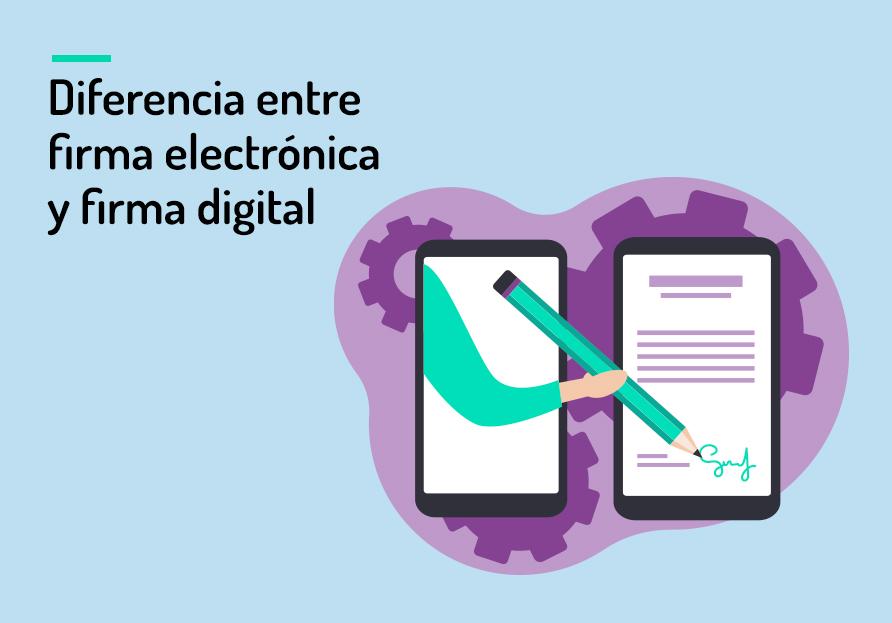
Digitization has transformed the way we conduct our daily business, including the way we sign documents. Digital signatures and electronic signatures have become key tools to guarantee the security and authenticity of documents in the digital world. In this article, we will explore the differences between digital signatures and electronic signatures, and understand what they are based on and how they are used.
What is an electronic signature?
The electronic signature is a method of authentication and validation of electronic documents. It guarantees the integrity and authenticity of the signed documents, ensuring that they have not been altered. There are three types of electronic signature, simple, advanced and qualified, all of them with legal value according to the eIDAS regulation. Each of these three types of signature provides a greater or lesser degree of legal reliability, being the simple one the least valuable and the qualified one the most, since it guarantees the unquestionable identity of the signer by incorporating the use of a qualified electronic certificate.
Electronic signatures are widely used in online transactions and legal procedures, as they provide a secure and efficient way to sign documents without the need to print and send them physically.
What is a digital signature?
The term digital signature offers a more technological approach, it is a technology that uses cryptographic methods to guarantee the authenticity of the signed documents. Unlike electronic signatures, digital signatures are based on mathematical algorithms and cryptographic keys.
The digital signature uses a digital certificate issued by a trusted certification authority. This certificate contains information about the signer and his public key, which is used to verify the authenticity of the signature. When a document is digitally signed, a unique digital fingerprint is created and attached to the document, which can be verified using the signer’s public key.
What is a digitized signature?
Digital signatures are often confused with digitized signatures, but in reality they are different concepts. A digitized signature is simply a scanned image of a handwritten signature, which is attached to an electronic document. Unlike the electronic signature and the digital signature, the digitized signature does not provide a secure way to authenticate and verify the authenticity of the signer. It is a simple signature with little legal value.
The digitized signature can be useful in some cases, such as the signing of non-legal or informal documents, but it does not offer the same level of security and legal validity as the electronic signature or digital signature.
Conclusion: the digital signature is part of the advanced and qualified electronic signature.
In summary, the electronic signature, the digital signature and the digitized signature are different concepts in terms of their level of security and form of authentication. The electronic signature needs the digital signature to have value, since it is the technology associated with the digital signature that allows the evidence associated with the signature to be obtained. The simple electronic signature does not have an associated digital signature, which is why it has a lower probative legal value, since it does not extract the necessary evidence to prove the signer’s identity.
Make sure you choose the right option for your needs and take advantage of the benefits and utilities of each type of signature in the digital world!